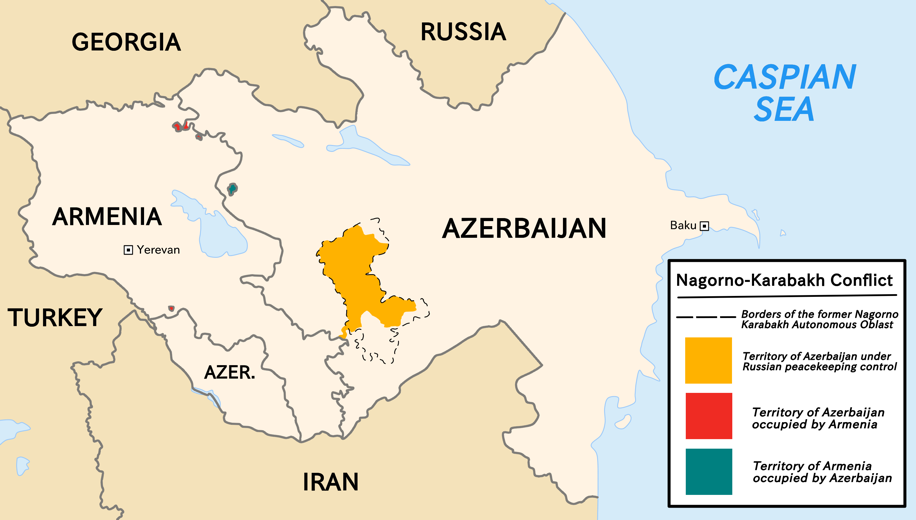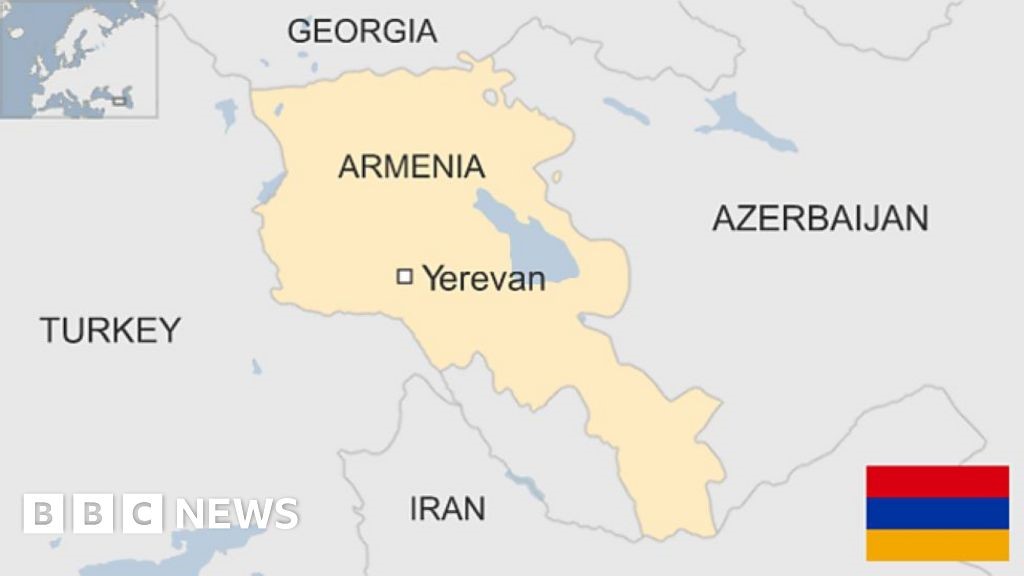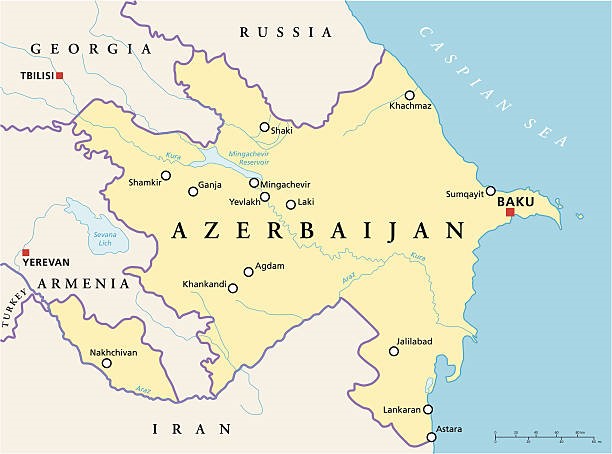Free Courses Sale ends Soon, Get It Now


Free Courses Sale ends Soon, Get It Now



Disclaimer: Copyright infringement not intended.
Context
What is Nagorno-Karabakh?
Background
|
FIRST KARABAKH WAR
|
|
MINSK GROUP
|
Concerns
Recent Developments
44-day war in 2020
About Armenia

About Azerbaijan

|
PRACTICE QUESTION Q) Although the Minsk group has successfully negotiated ceasefires, territorial disputes between Armenia and Azerbaijan remain as intractable as ever. Discuss the concerns associated with a full-scale conflict between Armenia and Azerbaijan. (250 words) |
© 2024 iasgyan. All right reserved